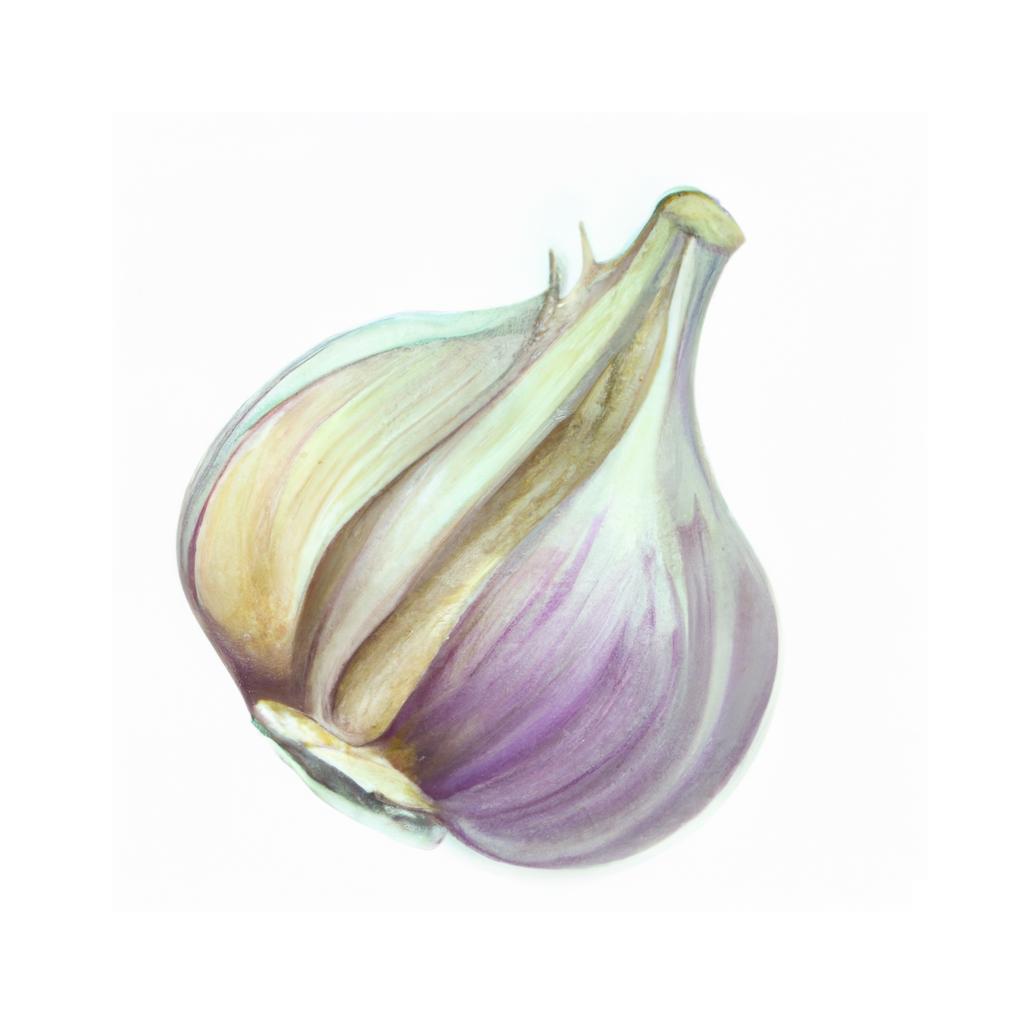
Garlic (Allium sativum) is a perennial plant belonging to the Allium genus, which also includes onions, leeks, and chives. Native to Central Asia, garlic has been cultivated for thousands of years for its strong flavor and notable health benefits. It has played an essential role in various cultures' cuisine, medicine, and even folklore – such as its famed ability to ward off vampires.
The distinctive taste of garlic comes from its sulfur compounds, which are also responsible for its pungent smell. There is a variety of garlic types with their unique characteristics, such as hardneck, softneck, and elephant garlic, which is milder and larger than common garlic.
Growing garlic in your garden requires well-drained soil, plenty of organic matter, and adequate sunlight. It is typically planted in the fall, allowing the cloves to develop strong roots before the winter months. Once spring arrives, the green shoots will emerge, and the bulbs will continue growing until ready for harvest in mid-to-late summer.
Garlic is a versatile ingredient used in a wide range of dishes across global cuisines. From classic Italian pasta dishes to flavorful Indian curries, the possibilities are endless. Additionally, it is often paired with herbs like rosemary or basil to create mouthwatering marinades, sauces, and dressings. Roasted garlic is another popular preparation, as it mellows the garlic's flavor and can be used as a spread or mixed into mashed potatoes.
Garlic is also treasured for its potential health benefits. It contains compounds like allicin, contributing to its antimicrobial properties, and has been linked to improved heart health, reduced inflammation, and boosted immune function. Overall, garlic is not only a beloved plant to grow but also a valuable addition to your culinary repertoire and a natural remedy in your medicine cabinet.
This is advice is most applicable to growers in the UK, you may need to adjust the timings if you live somewhere with a different climate and/or seasons.
| Month | Tasks | Advice |
|---|---|---|
| January | sow indoors, | Start garlic cloves indoors in pots or trays filled with good quality compost, ensuring they have good access to light. |
| February | sow outdoors, sow indoors, | Plant garlic cloves outdoors in prepared beds, ensuring they are 15cm apart and 2.5cm deep. You can continue starting garlic cloves indoors. |
| March | - | - |
| April | plant out, | Transplant indoor-started garlic plants into prepared beds, ensuring they are 15cm apart and 2.5cm deep. Water regularly to keep the soil moist. |
| May | - | - |
| June | - | - |
| July | - | - |
| August | - | - |
| September | - | - |
| October | sow outdoors, | Plant garlic cloves outdoors in prepared beds, ensuring they are 15cm apart and 2.5cm deep. This will provide an early summer harvest. |
| November | - | - |
| December | harvest, | Harvest garlic when the foliage begins to yellow and die back. Allow bulbs to dry for a few weeks before storing. |